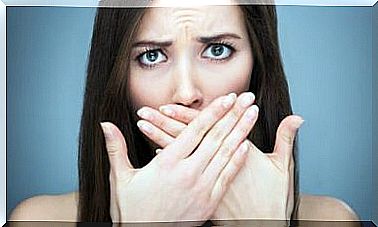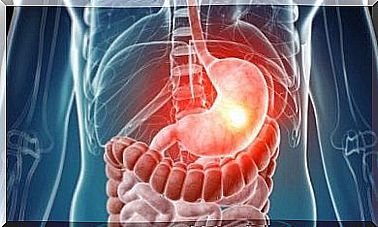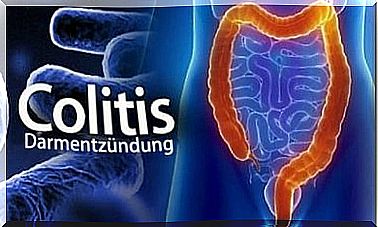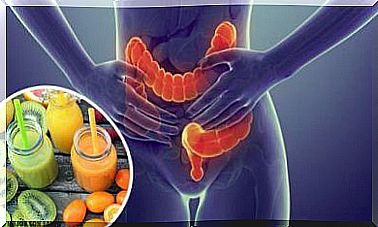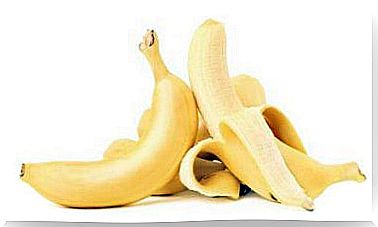What Are Germs And Where Are They Lurking?
The term germs describes pathogens or microorganisms that trigger processes that are harmful to health. Find out interesting facts about this topic today!
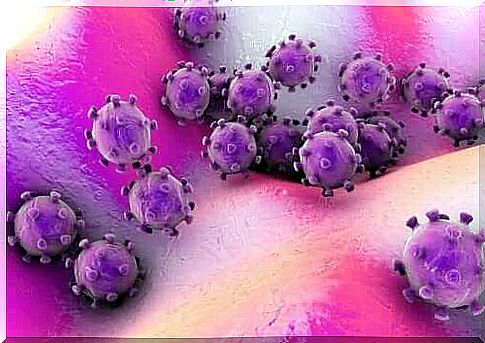
The term germ has different meanings. In biology, it describes the first shoots that develop from a seed or a root to form a new plant. However, today’s article is all about a different meaning of the word. Because germs are also pathogens or microorganisms that cause damage to other organisms.
Read on if you want to learn more about the microscopic world of germs.
What are germs
Every microorganism that is capable of causing damage to a host is called a germ, regardless of whether the damaged organism (host) comes from the animal or plant kingdom. There are four basic types of germs, which we will take a closer look at below.
bacteria
We are talking about the simplest form of life that we know: unlike other organisms, bacteria do not have a cell nucleus. That is why scientists also refer to them as prokaryotes (or prokaryotes). Their size (a few micrometers) and shape are variable.
It is estimated that there are over two trillion types of bacteria, according to the Earth Microbiome Project program . We are therefore not exaggerating when we claim that they are fundamental carriers of the entire ecosystem.
Depending on their morphology, we differentiate between different types:
- Cocci that are round and combine to form different structures (diplococci, tetracocci, streptococci …)
- Bacilli are rod-shaped and
- Spirilla have a curved to screwed shape ( vibrios, spirilles and spirochetes).
Bacteria can be immobile or use flagella to move around.
A distinction is also made between gram-positive and gram-negative bacteria. Scientists recognize this from the peptidoglycan content of the cell walls through the Gram stain. Gram-positive bacteria retain crystal violet and are blue when washed out. However, Gram-negative bacteria appear red after staining and washing out. Bacteria can cause disease, but some of them are vital.
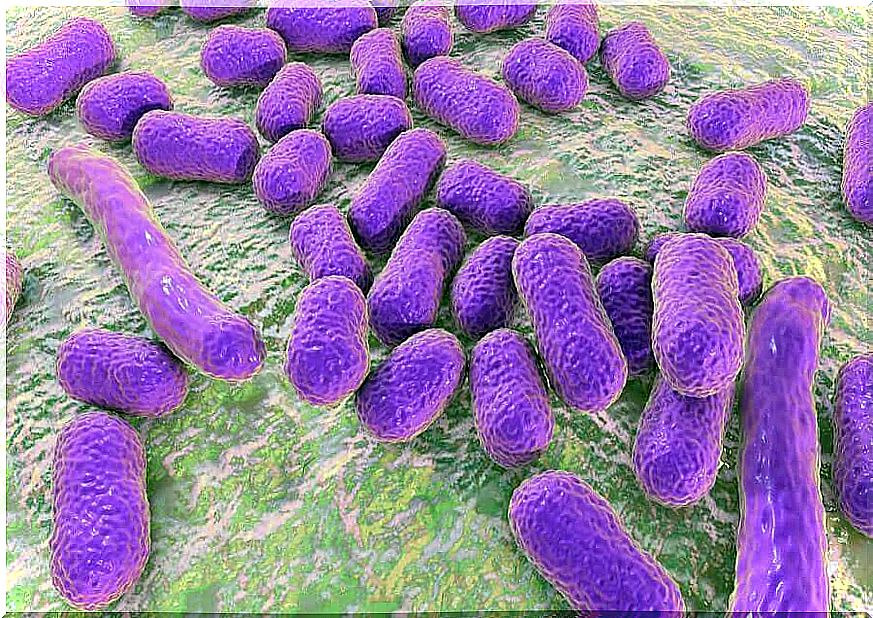
Viruses
Viruses are even smaller and simpler than bacteria. These germs contain one or more ADN or ARN chains that are enclosed in a protein shell. Around 5000 different viruses have been described so far. The difference to bacteria, however, is that they cannot reproduce on their own, but are dependent on a host. They occupy the host’s cells and start their machinery to reproduce and spread disease.
Fungi, protozoa and others
Then we briefly summarize other types of germs that also cause diseases:
- Protozoa are unicellular microorganisms but differ from bacteria in that they are larger and have a more complex morphology. They are native to humid environments and can lead free or parasitic lives. A clear example of this are the causes of malaria: the plasmodia.
- Fungi have a multicellular structure and are more complex than protozoa or bacteria. This group includes, for example, molds and yeasts, but also edible mushrooms. Some fungi can affect animals and plants by forming mycelia on the tissue they feed on.
- There are also other germs that are more difficult to describe, for example viroids and prions. These are small RNA molecules or proteins with a pathogenic effect.
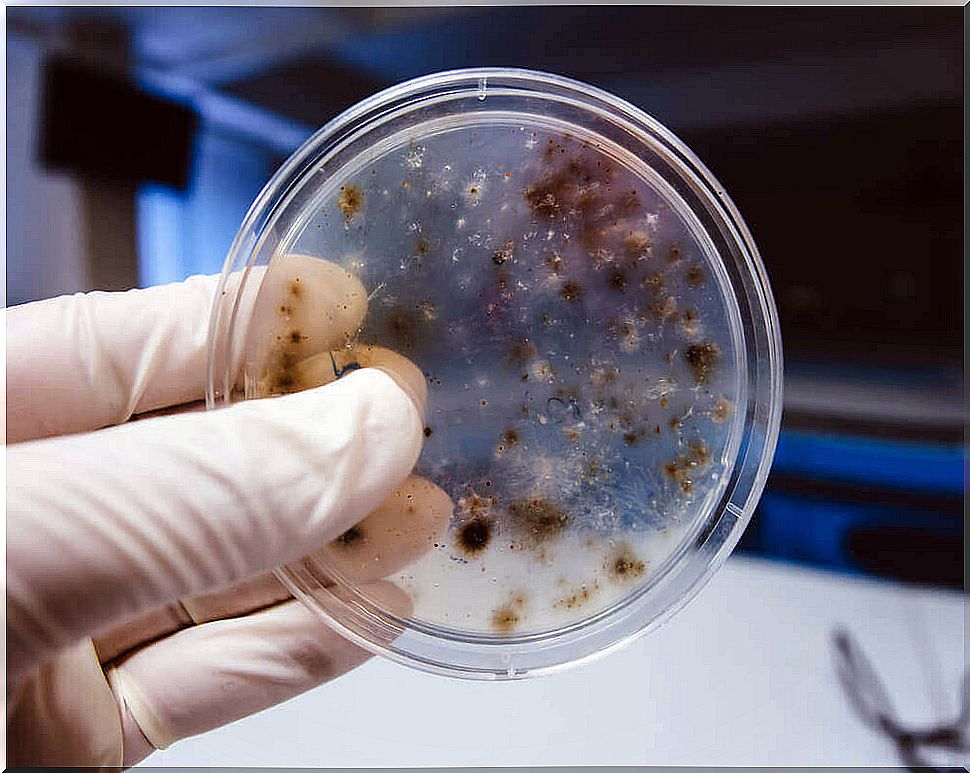
Where are the most germs?
There is no place in the world where there are no germs. Microorganisms dominate all areas and continuously surround us. They are even in us all the time!
However, if we limit ourselves to the strict definition of germs in the sense of pathogens, these preferably stay in the following places.
- Swimming pools and water parks: Protozoa and fungi that prefer a humid environment cavort here. But viruses also feel at home here. Every damp and much-visited place is colonized by numerous germs.
- Money, shopping carts, public toilets, etc .: Many viruses and bacteria stick to the surfaces for a while. Contagion can therefore occur through contact, which is more likely with a high bacterial load.
- In the human body: One to two kilograms of our body weight are made up of bacteria that are mainly found in the gastrointestinal tract. However, they are not germs in the strict sense, as they are vital and do not cause any diseases. But we are also often exposed to a high viral load when we have the flu or another infectious disease.
The definition of the term “germs” encompasses a large number of microorganisms that cause damage to other organisms. But they all have one thing in common: They are microscopic and use other living things to survive on their own.

